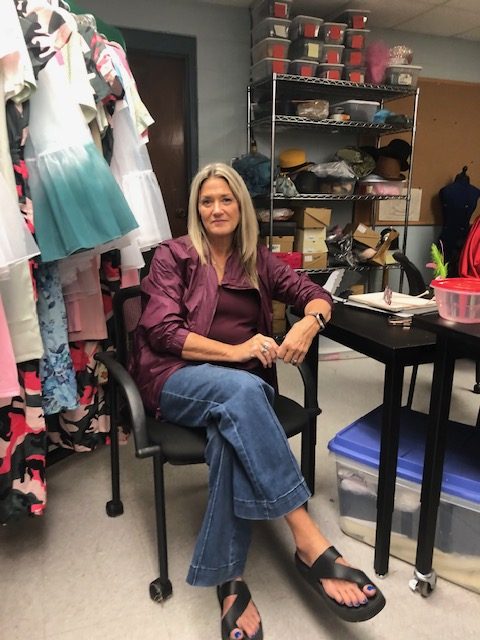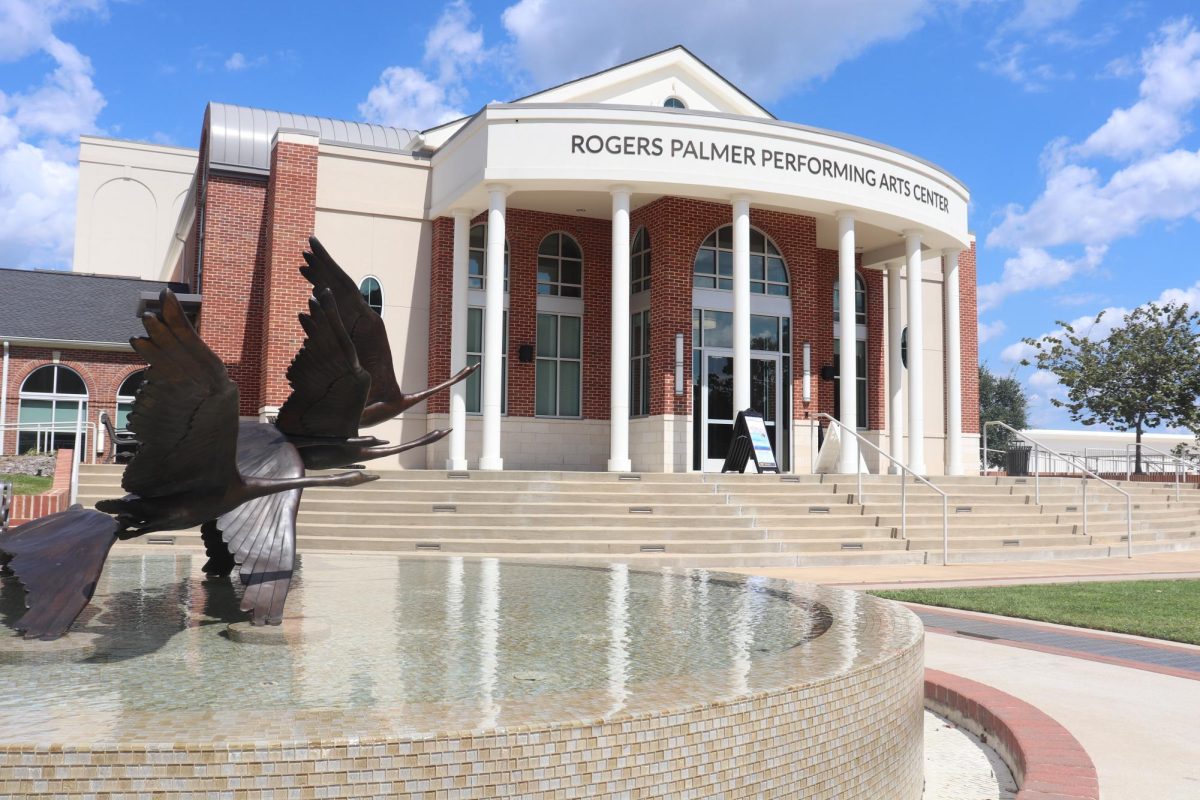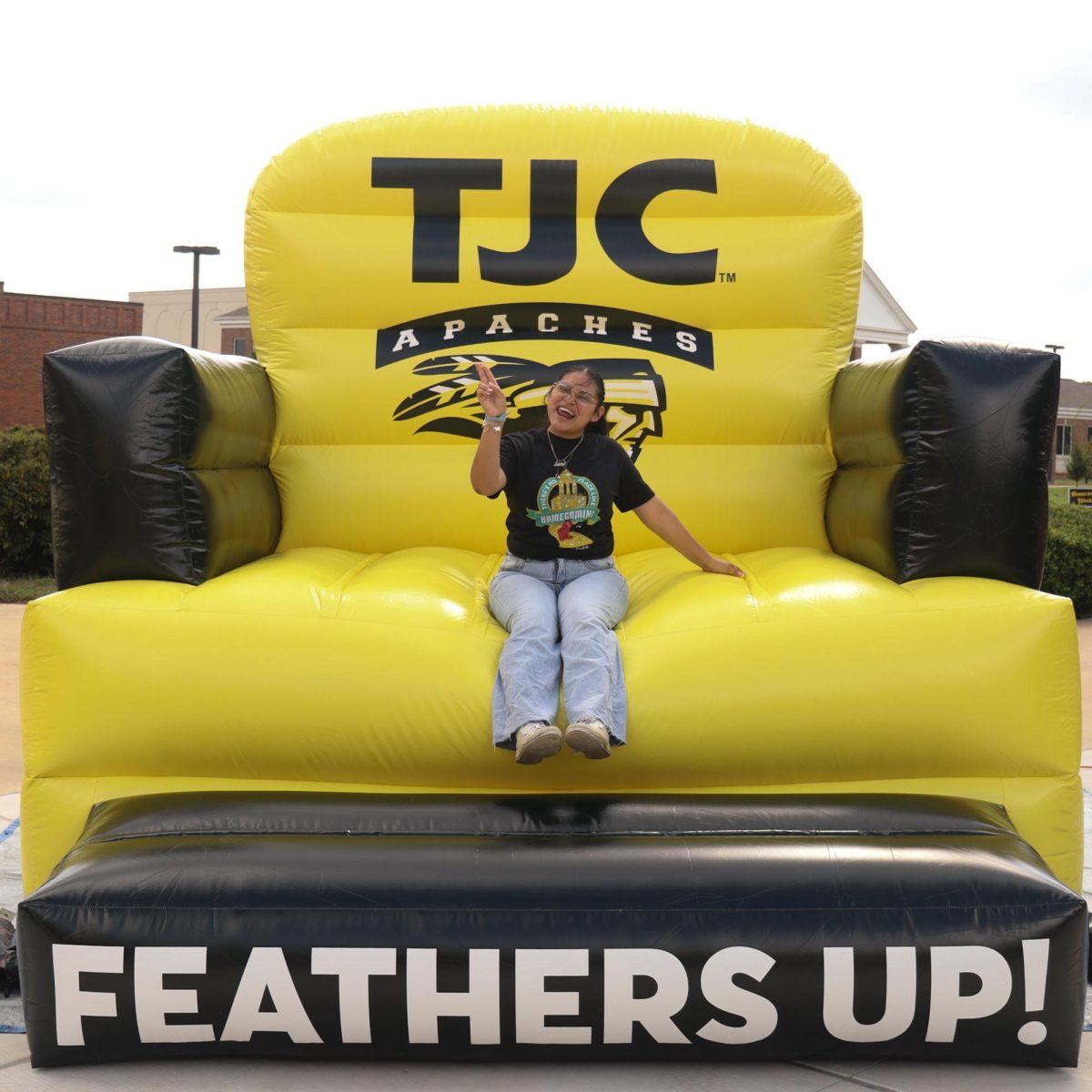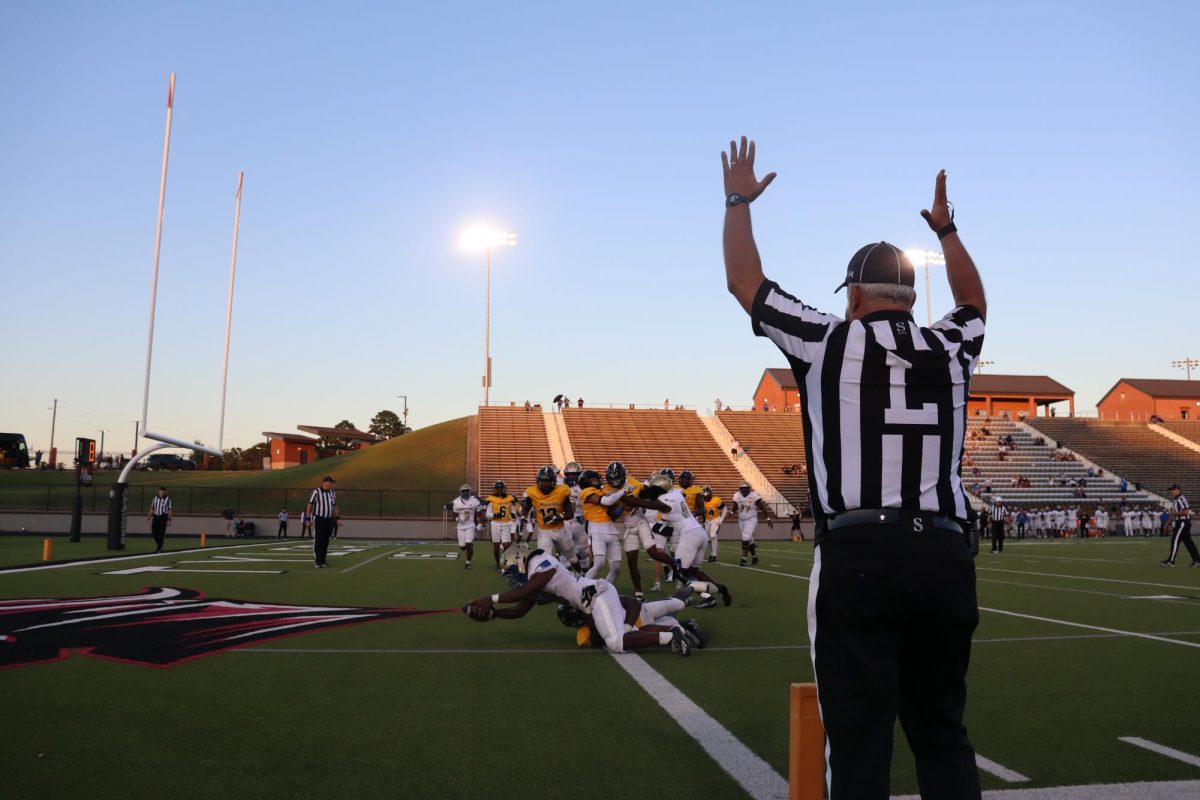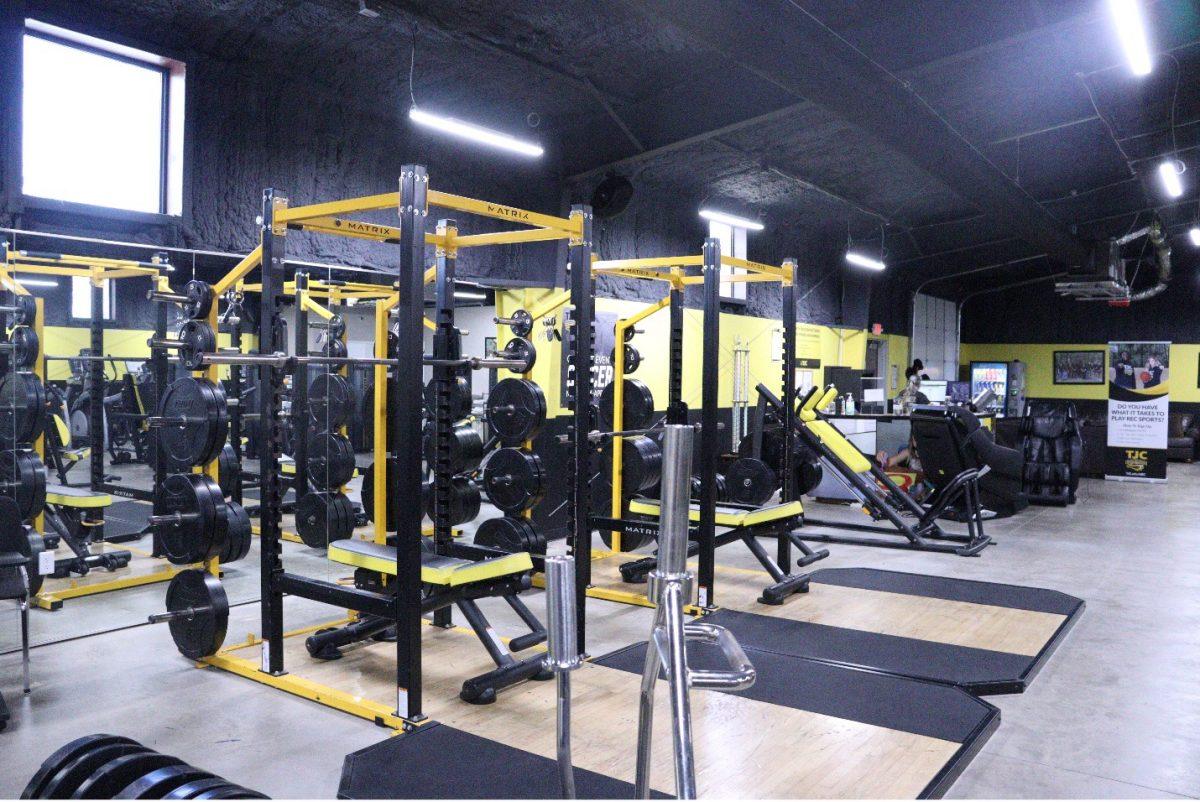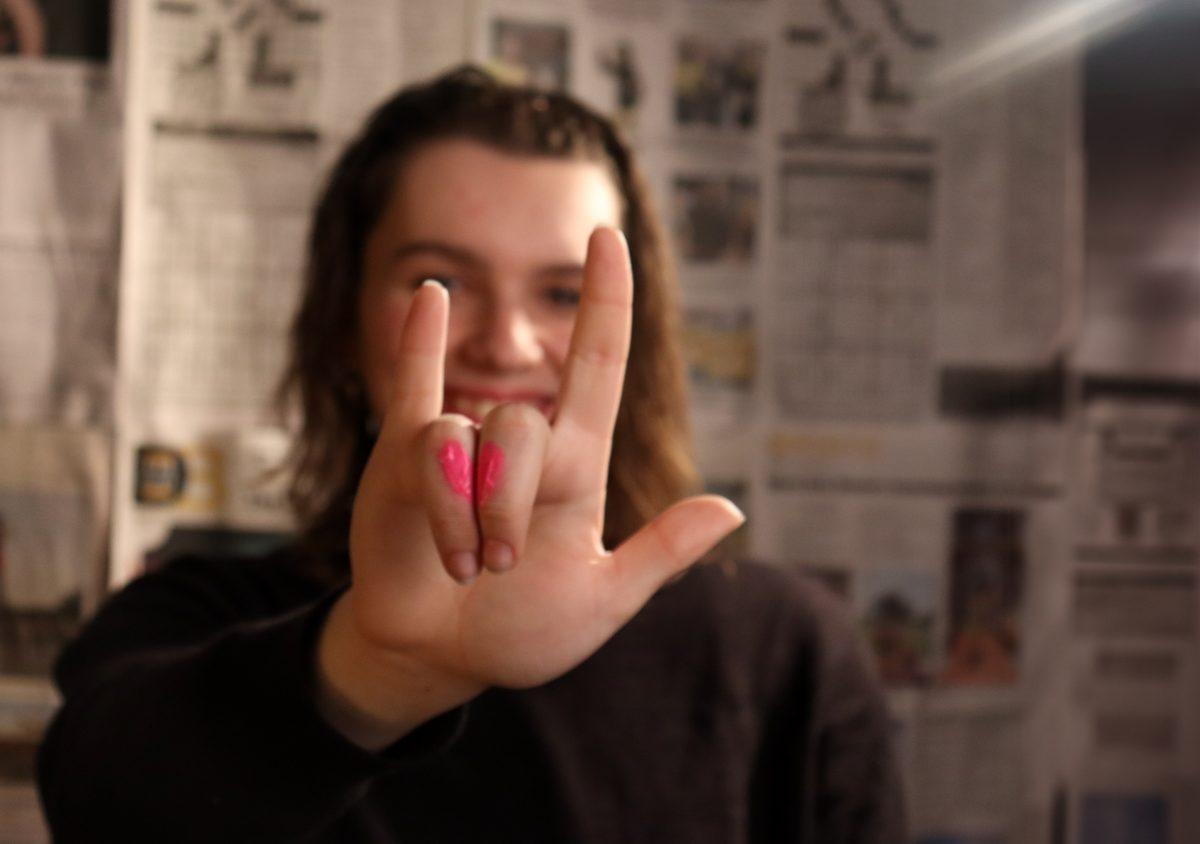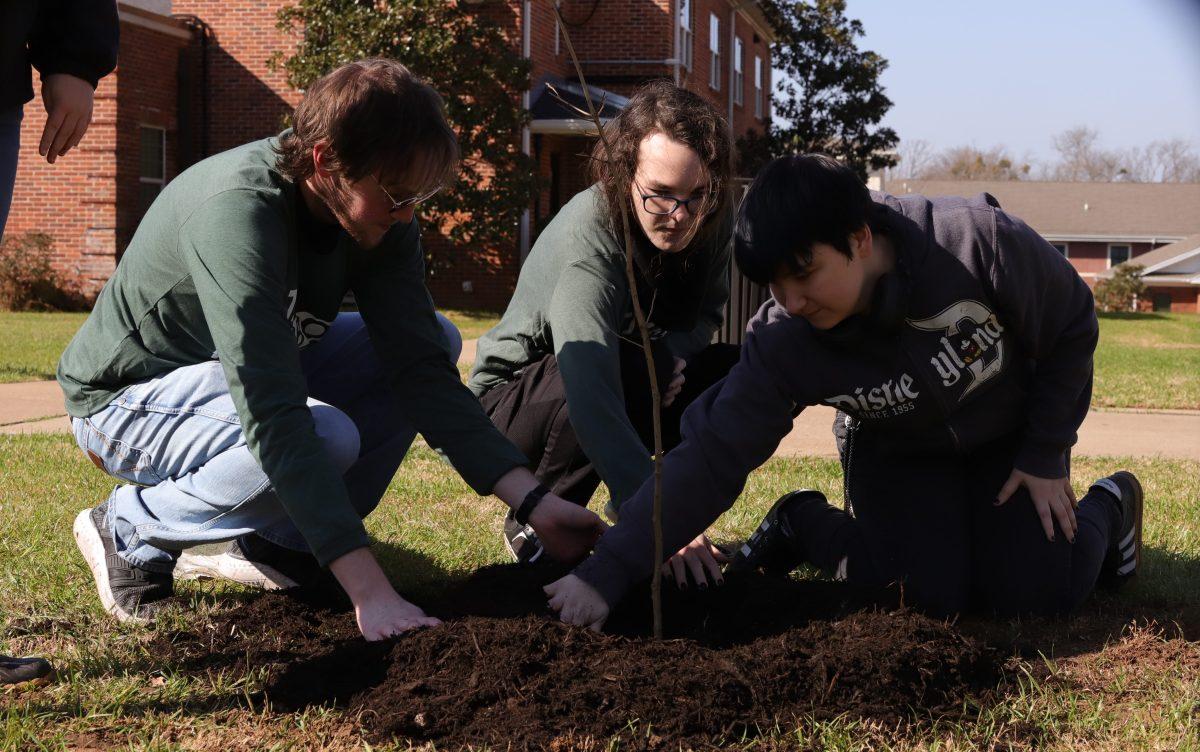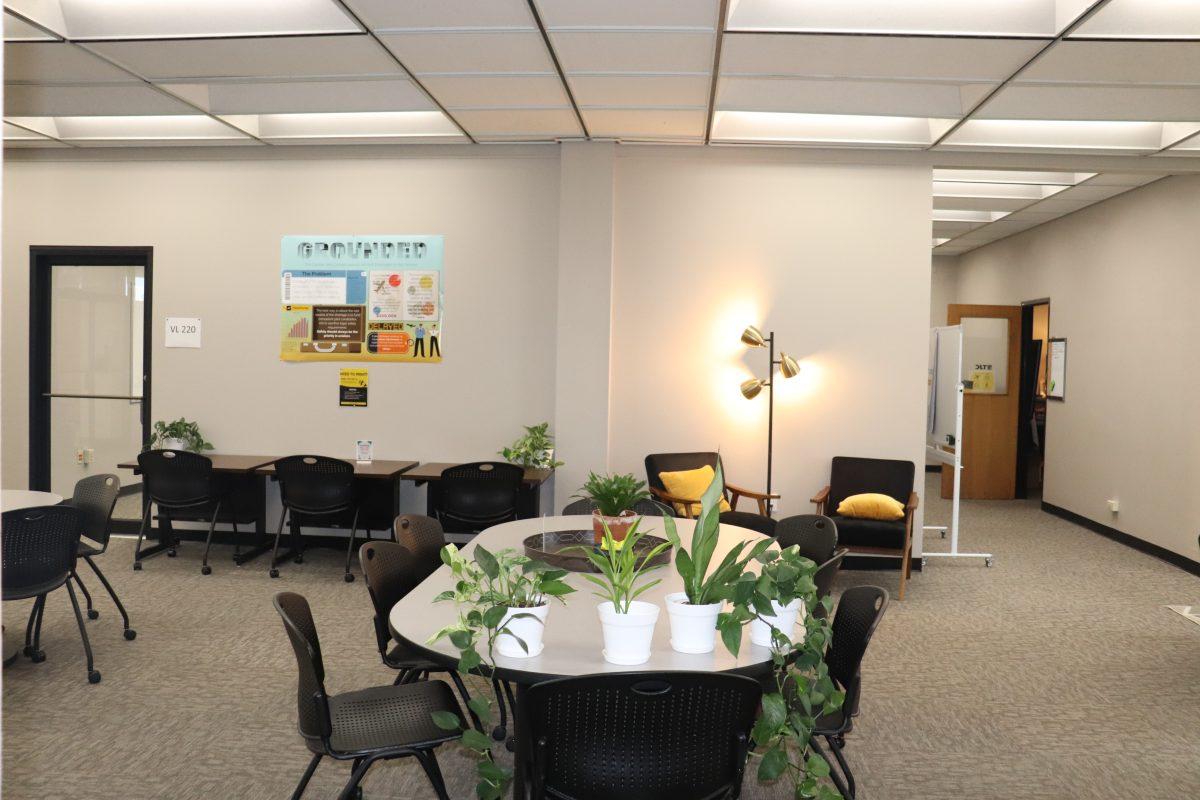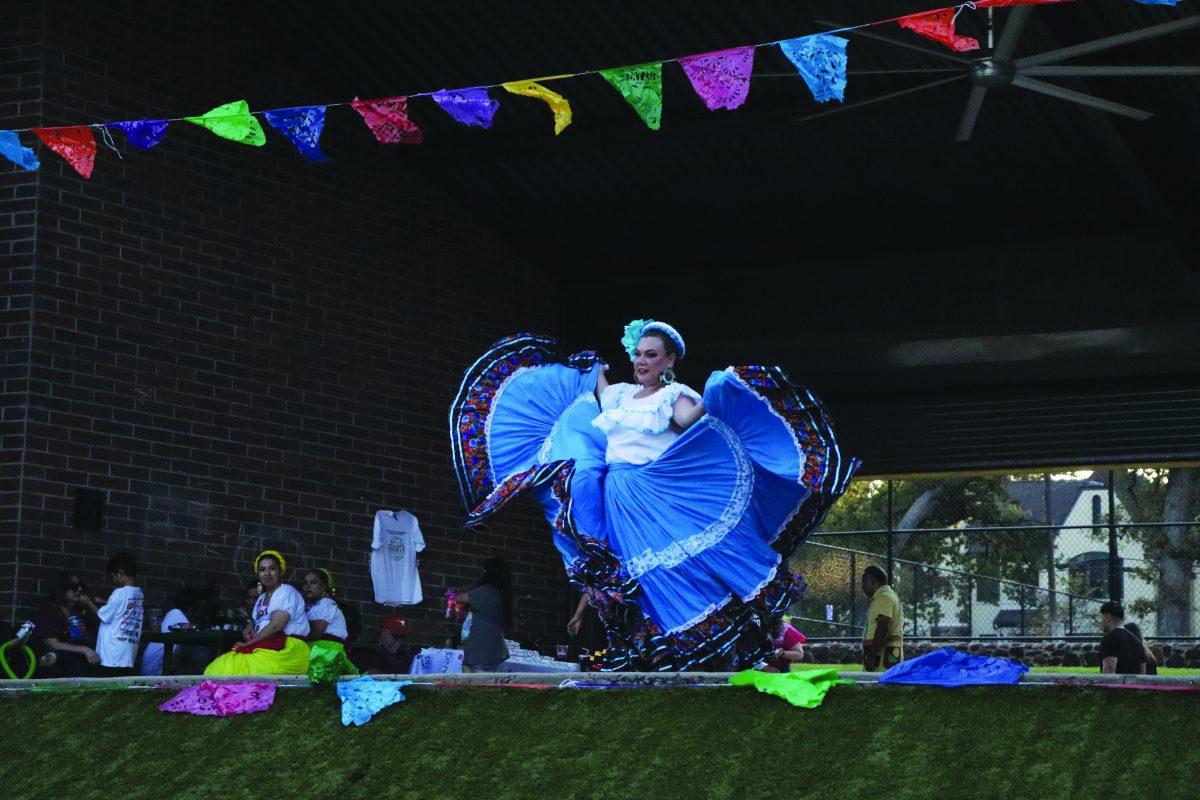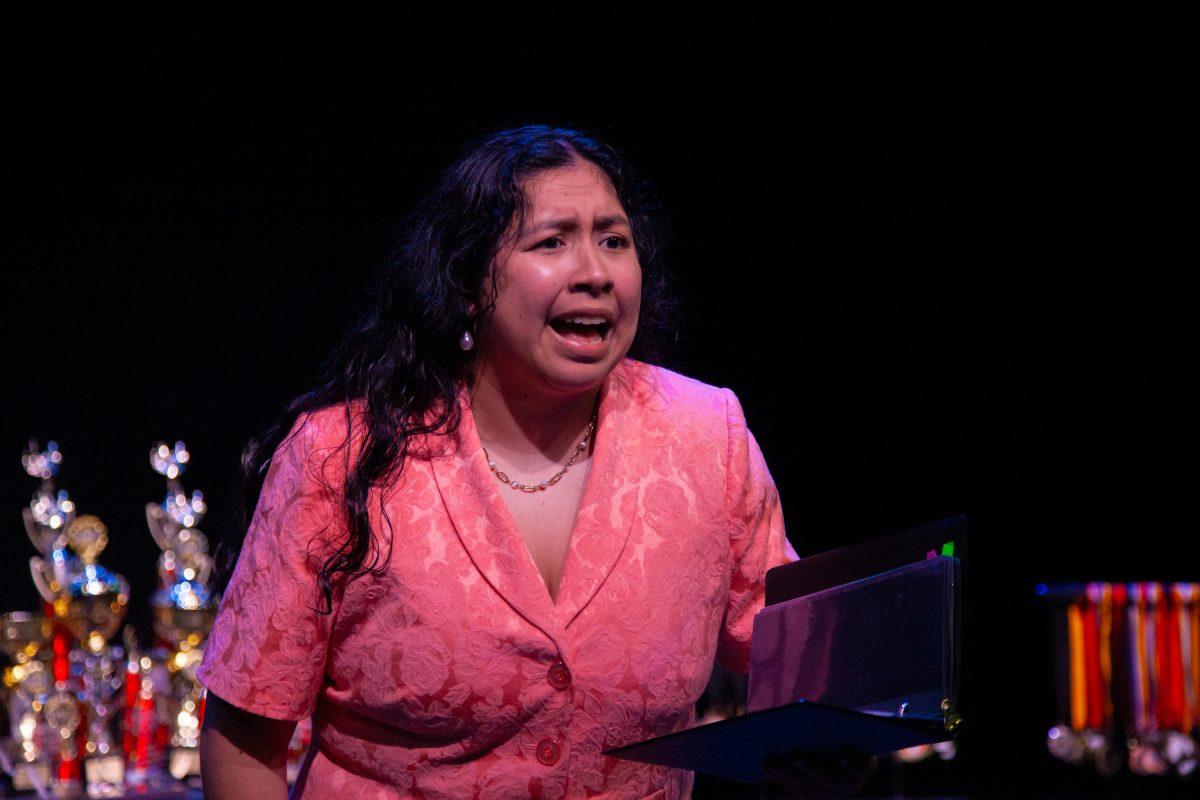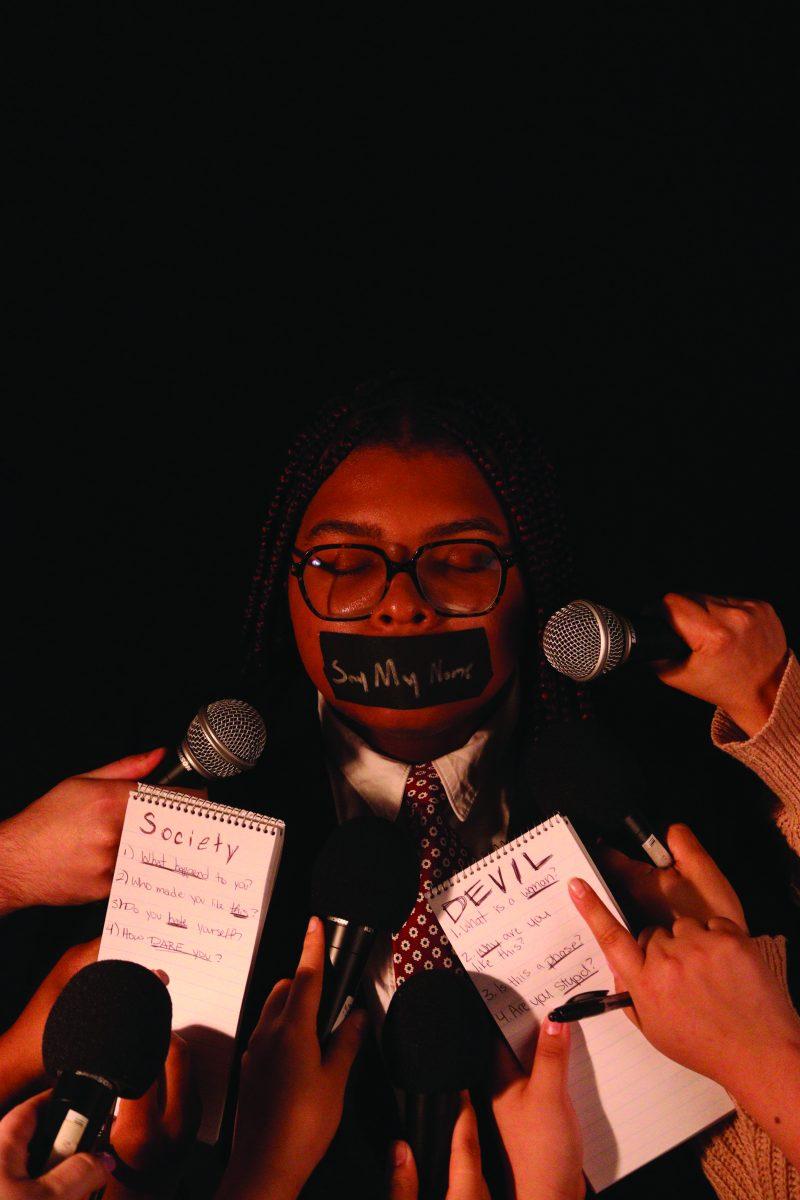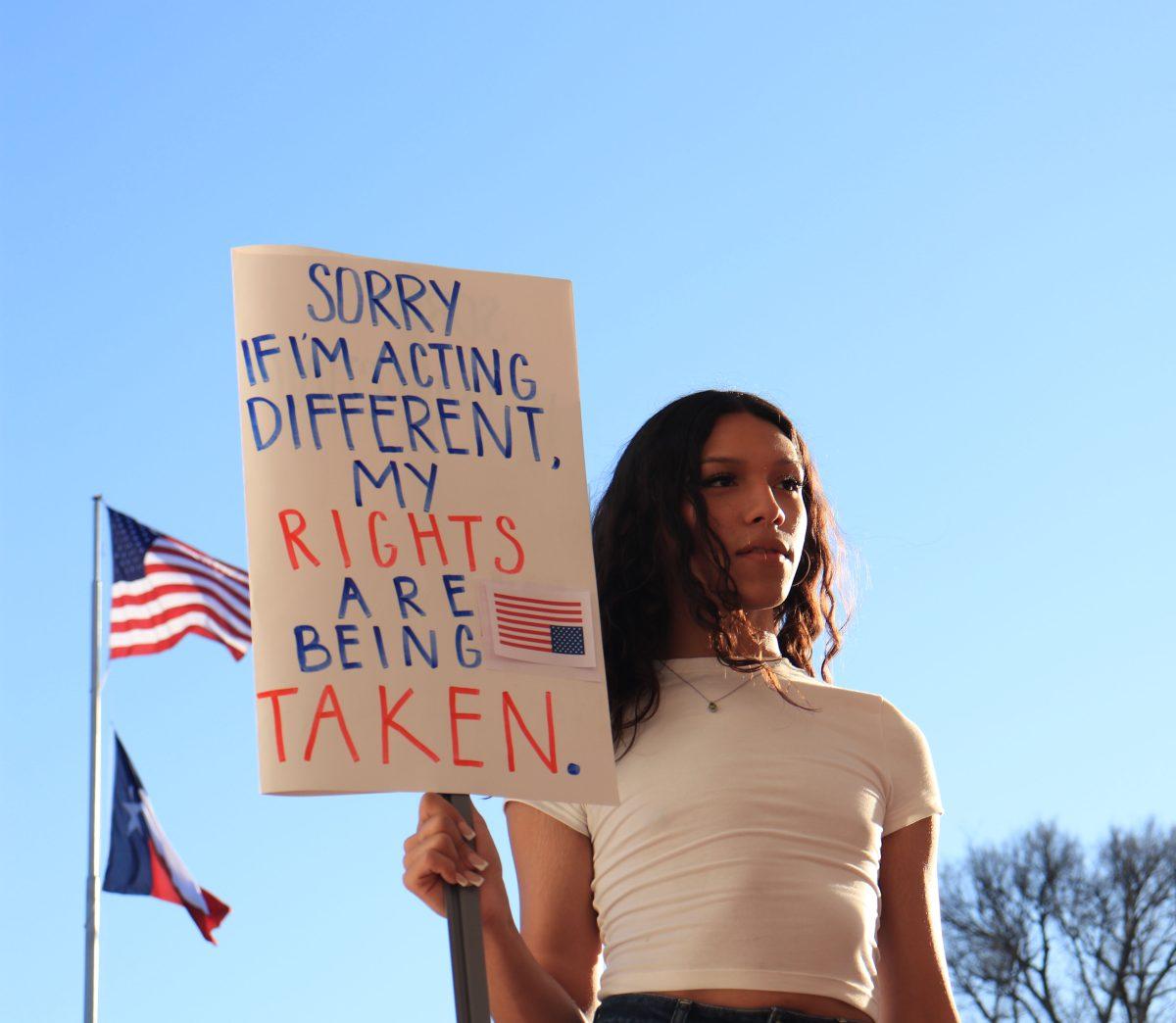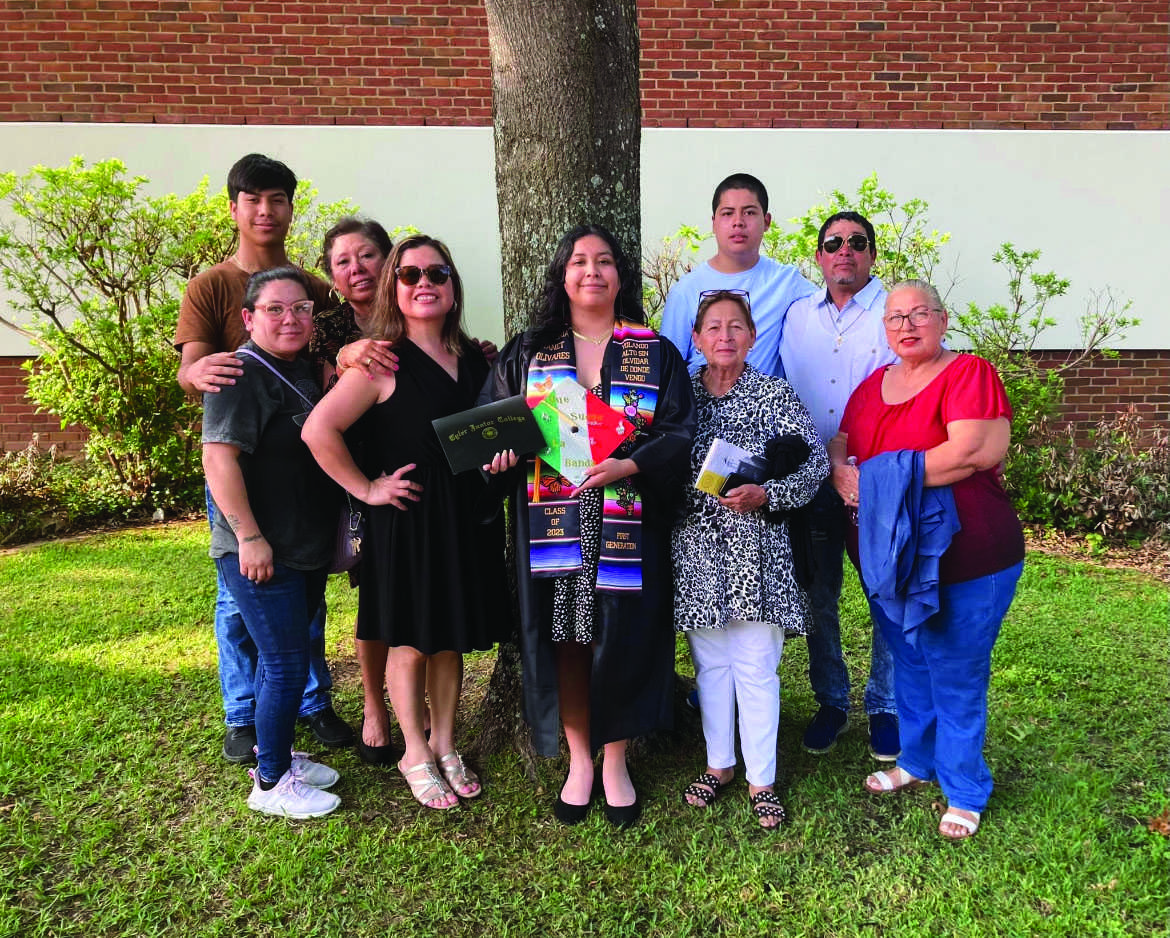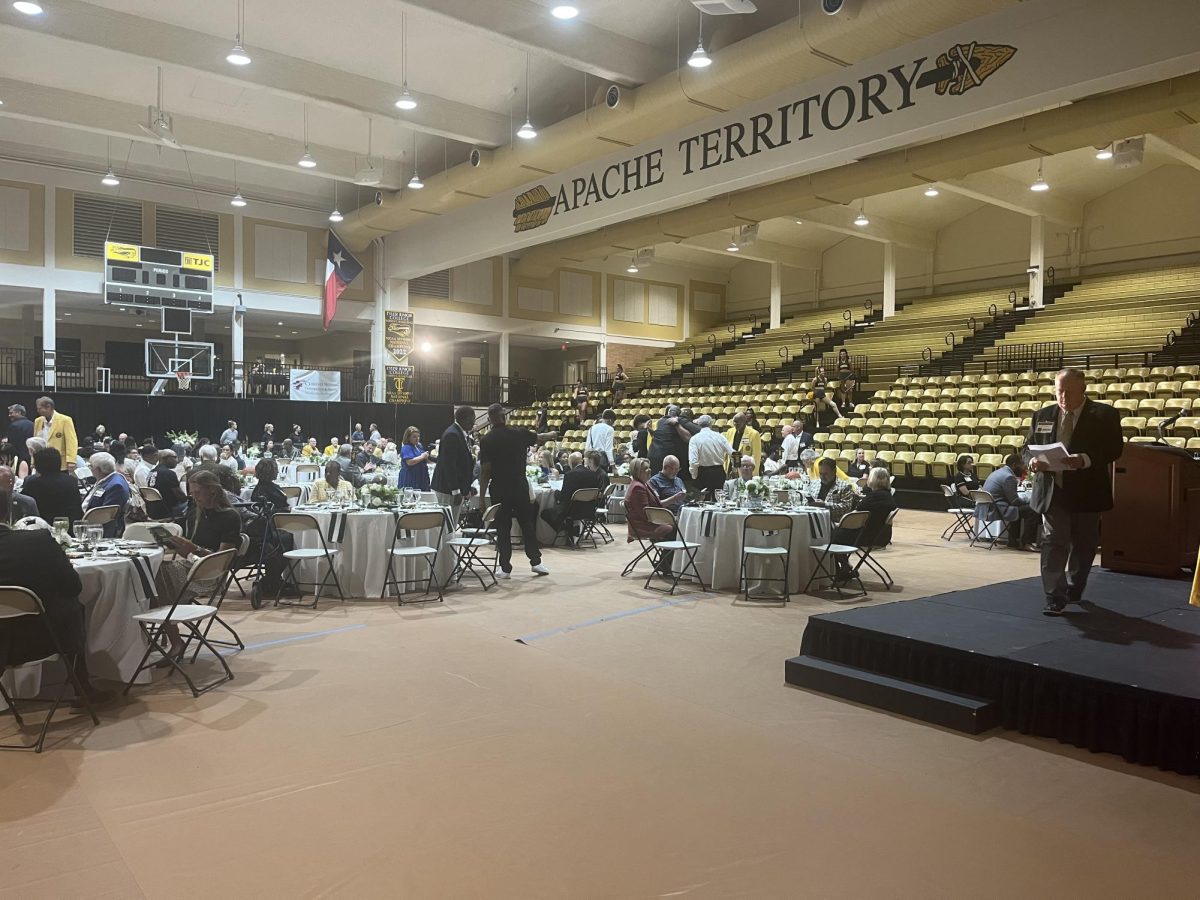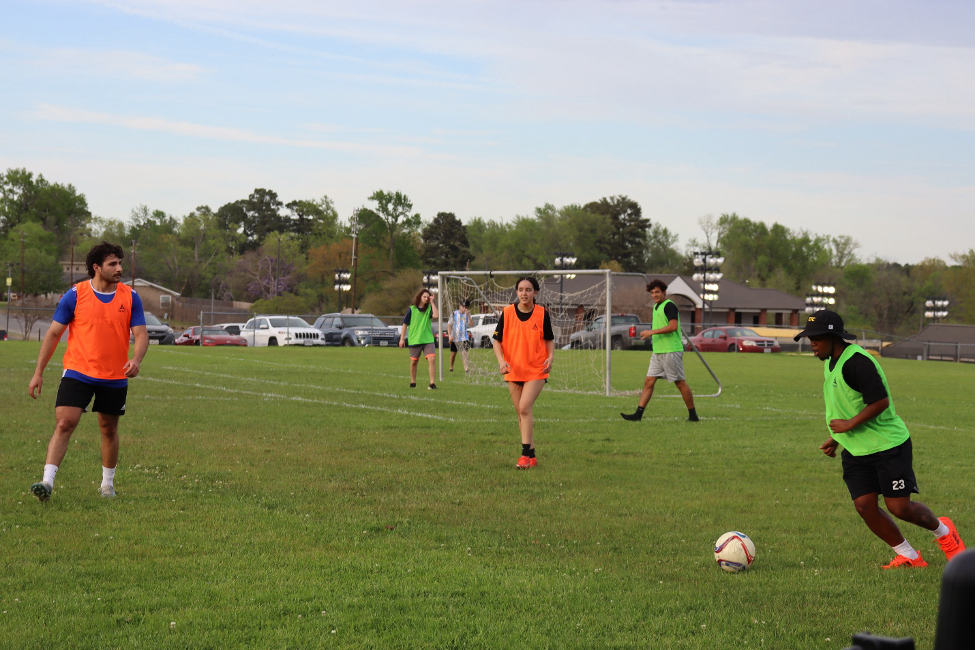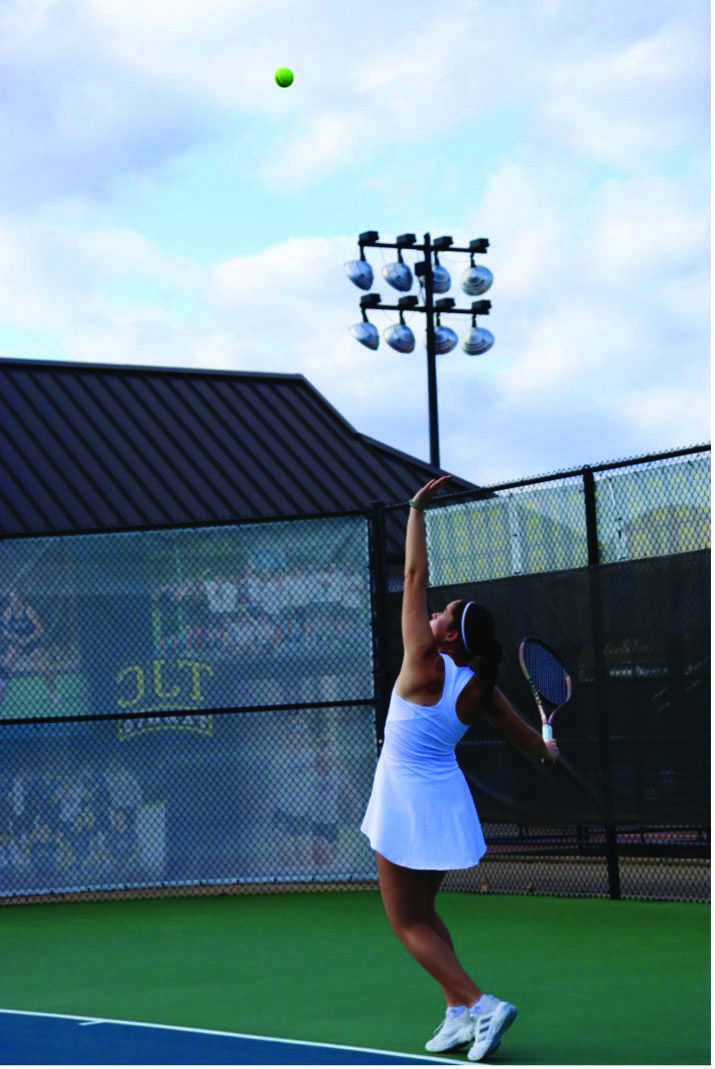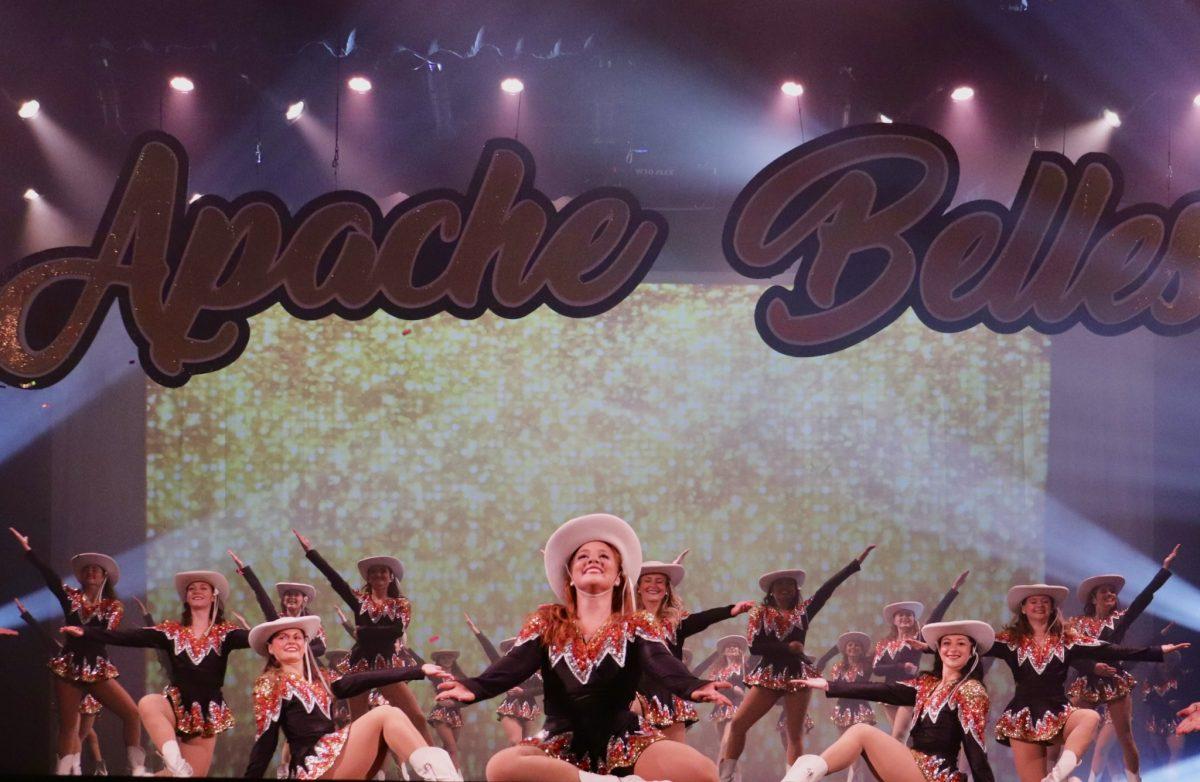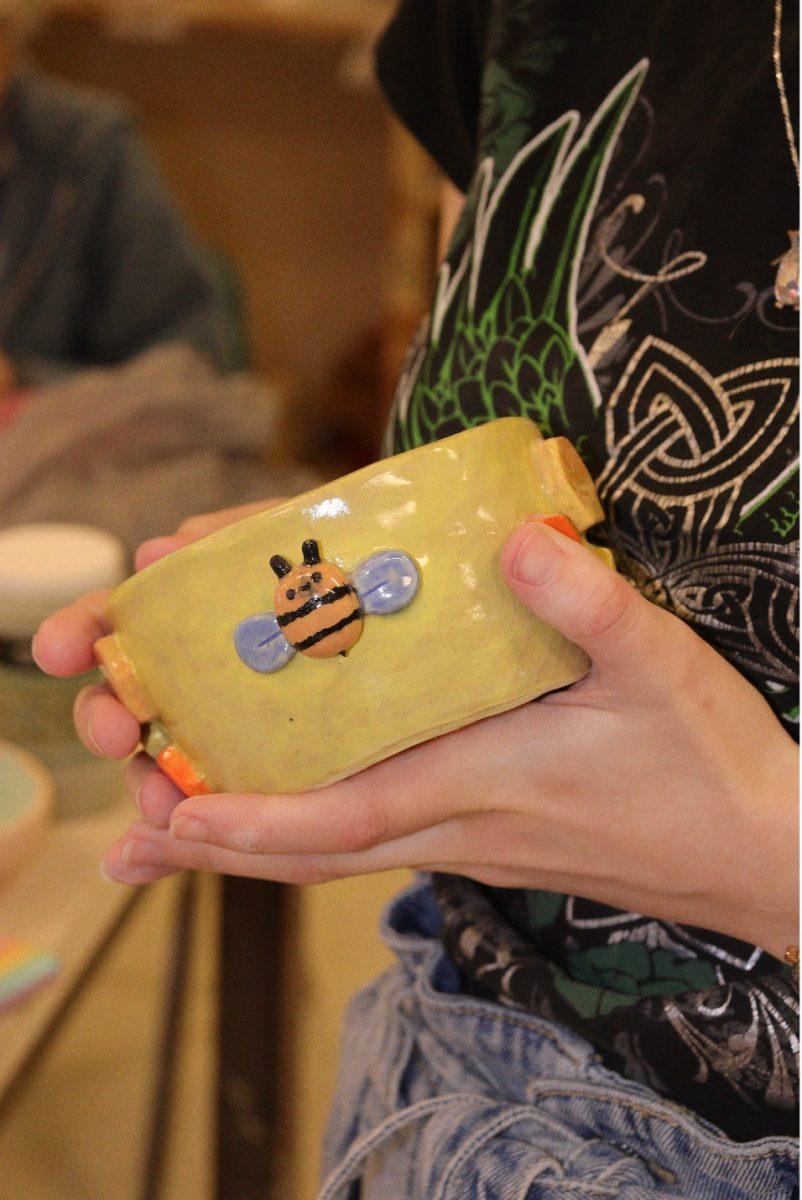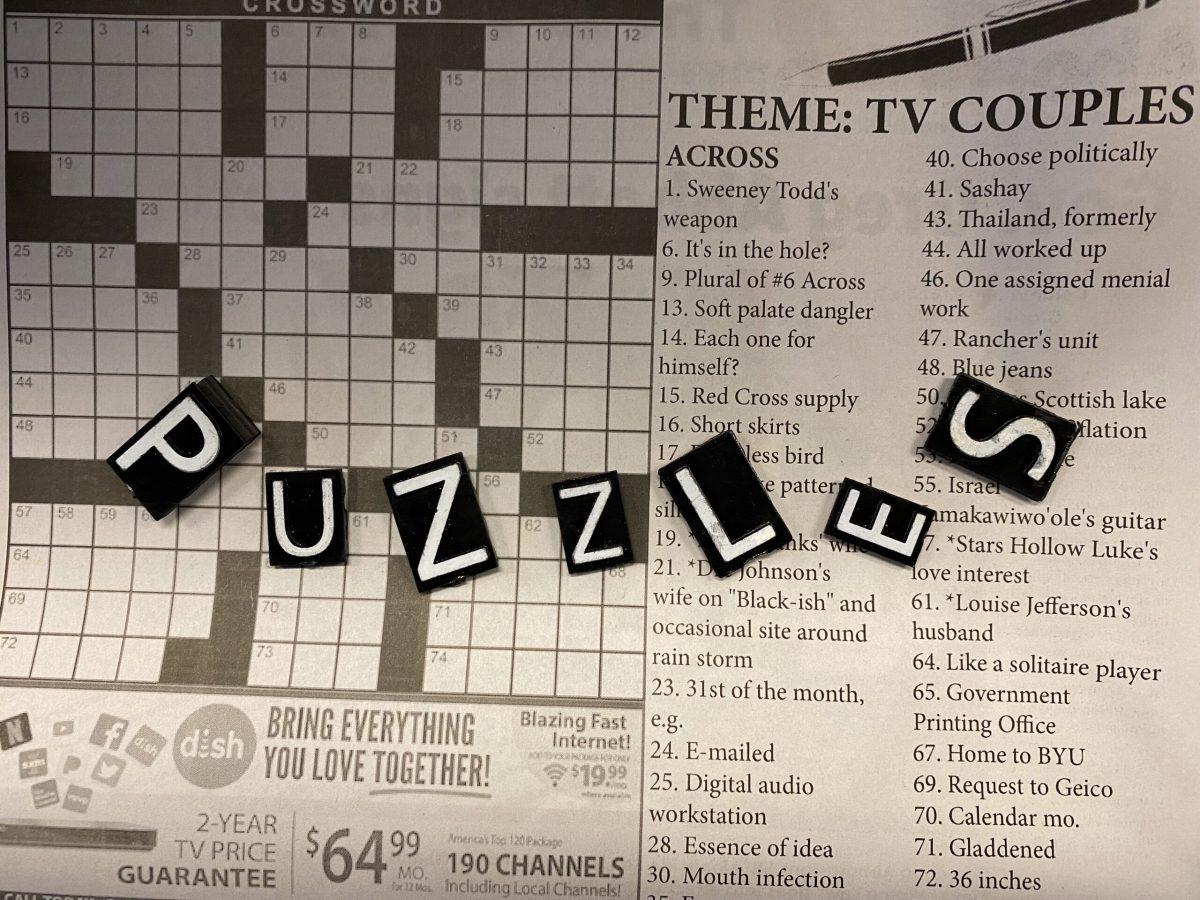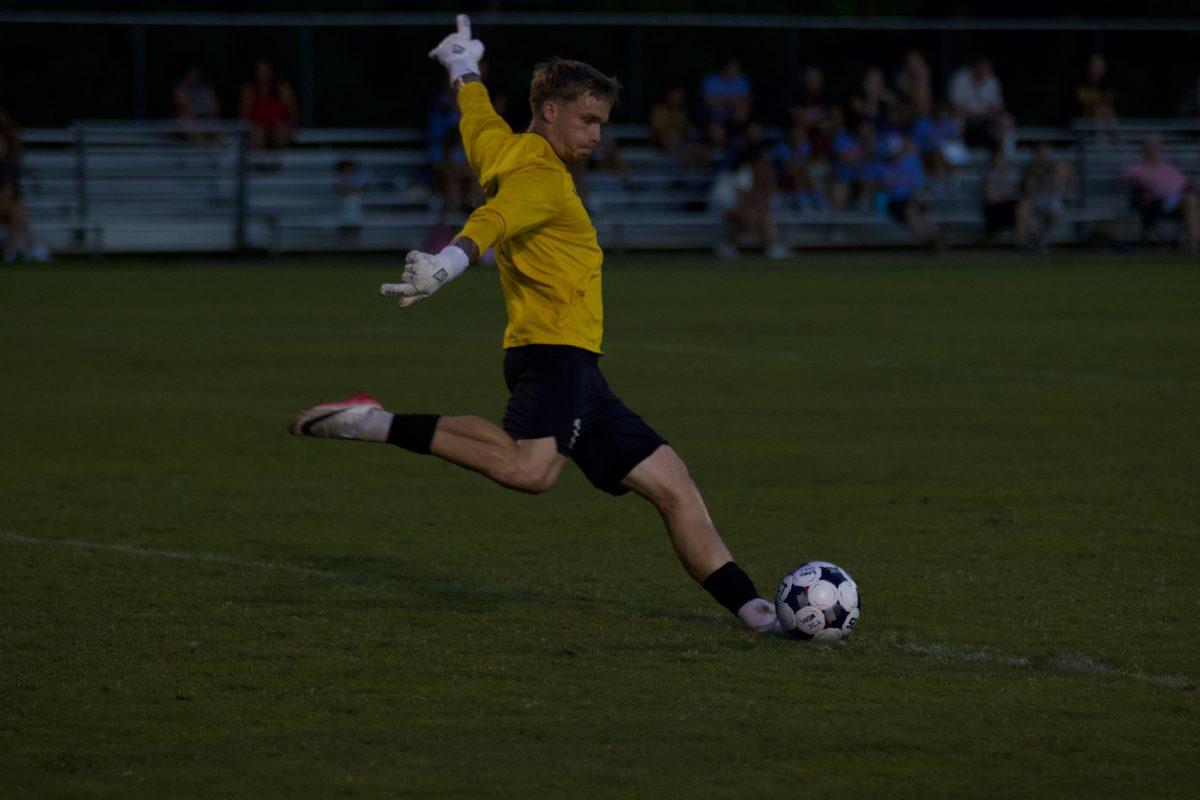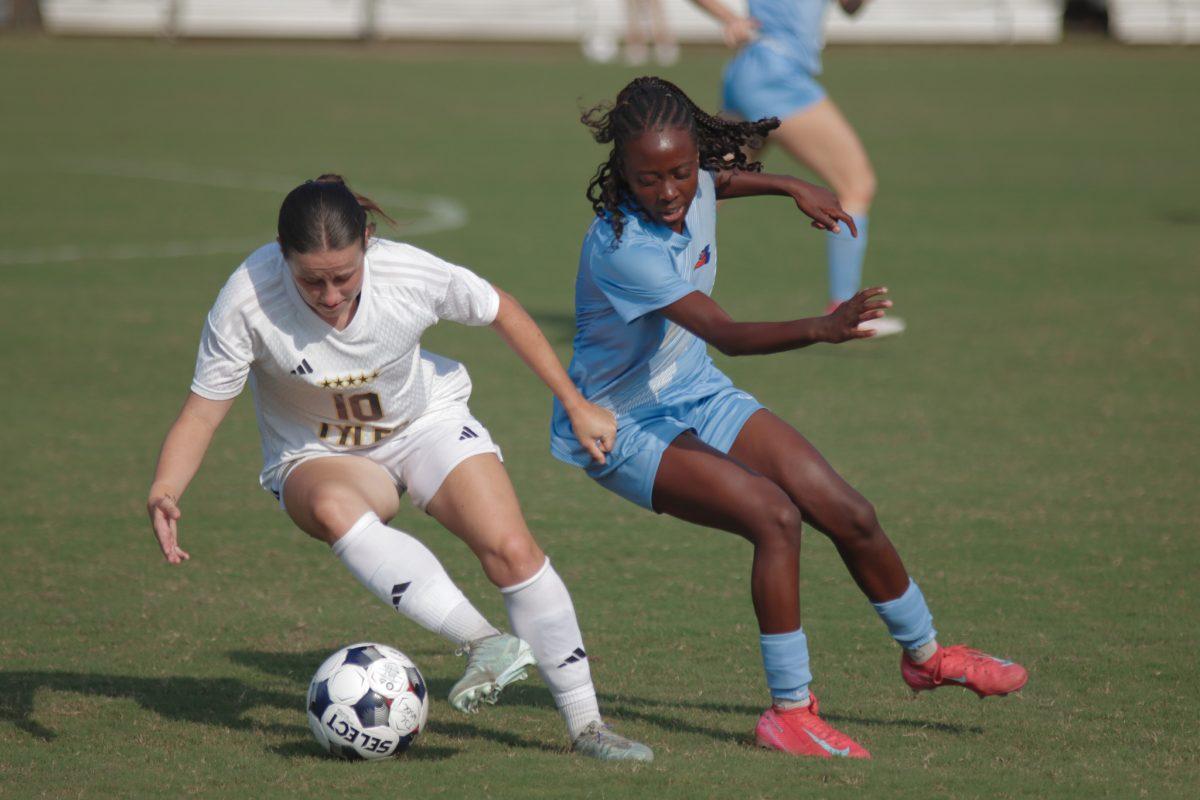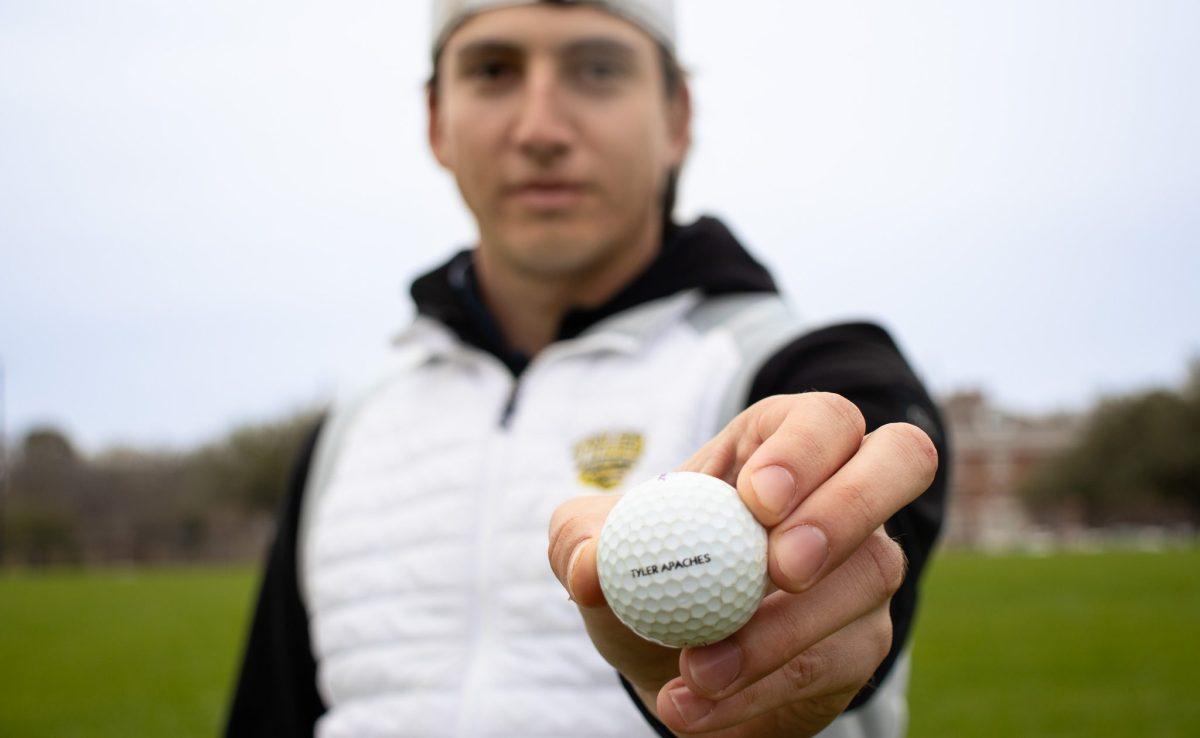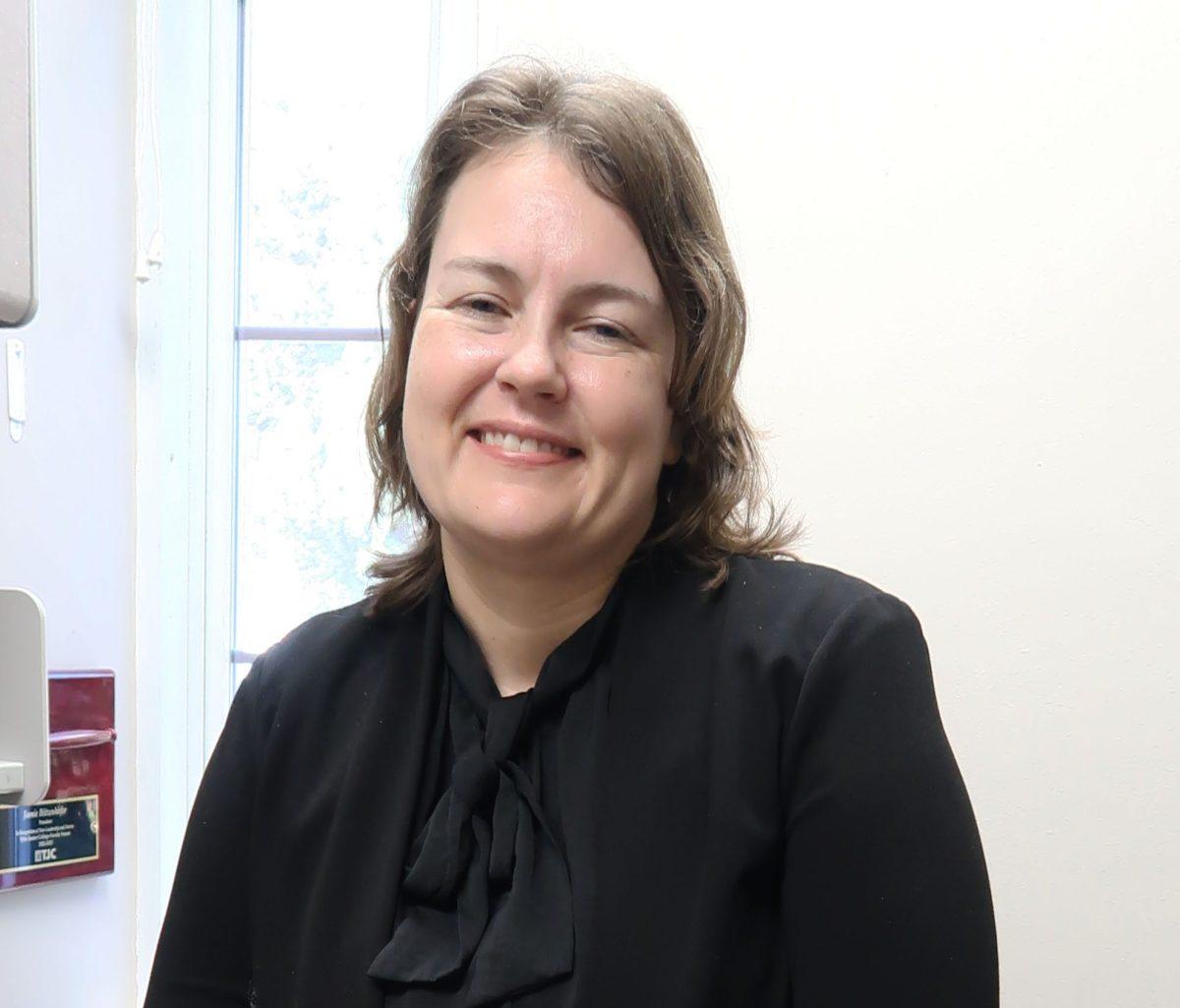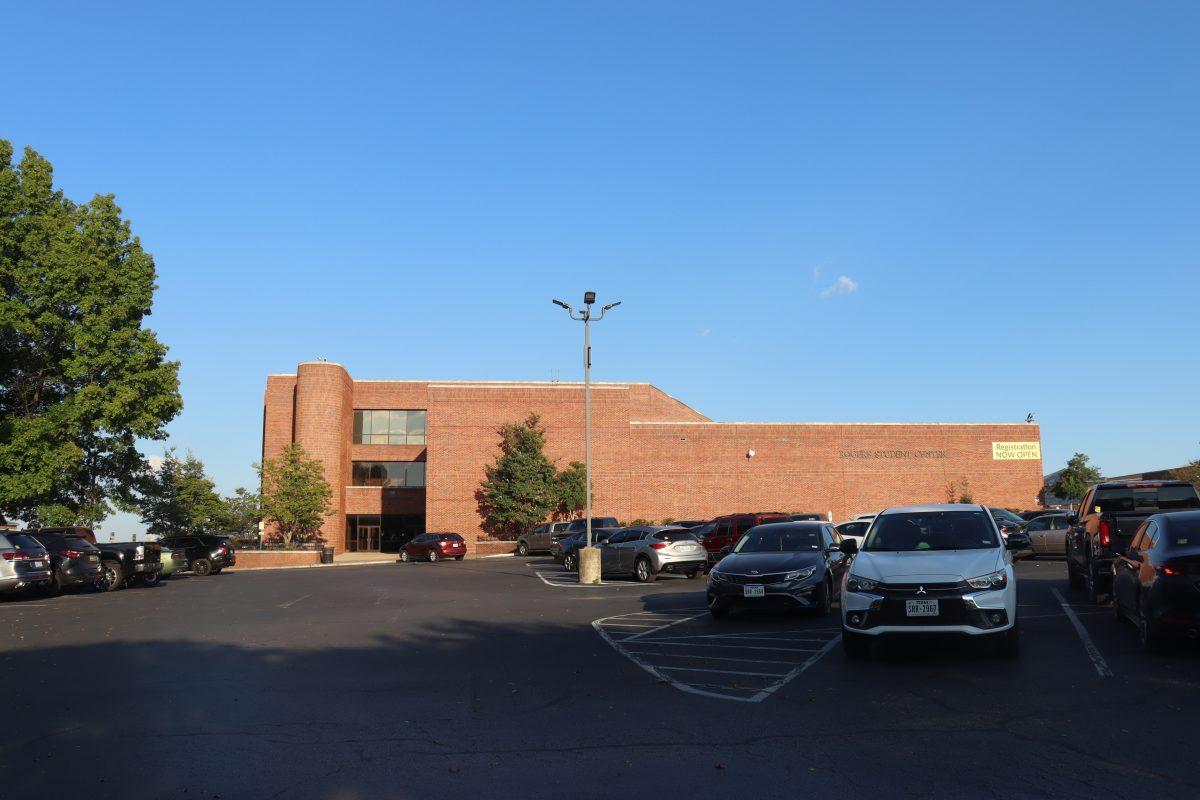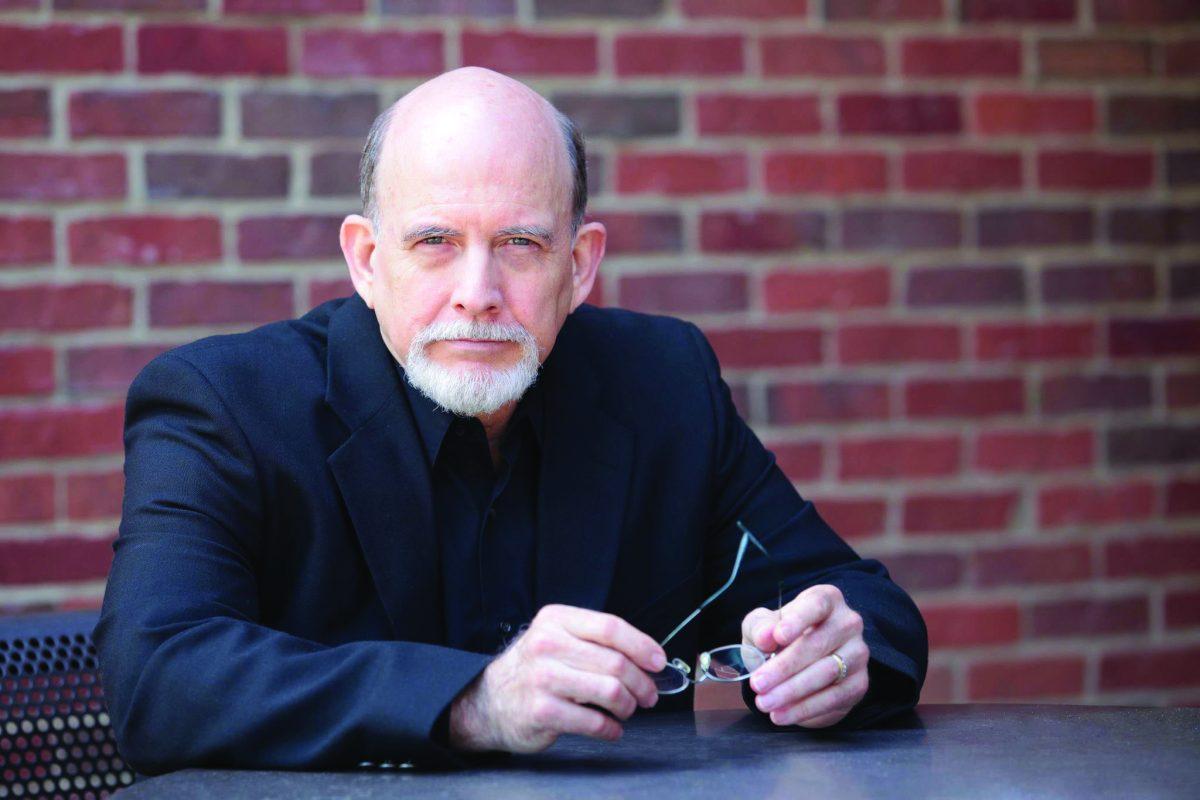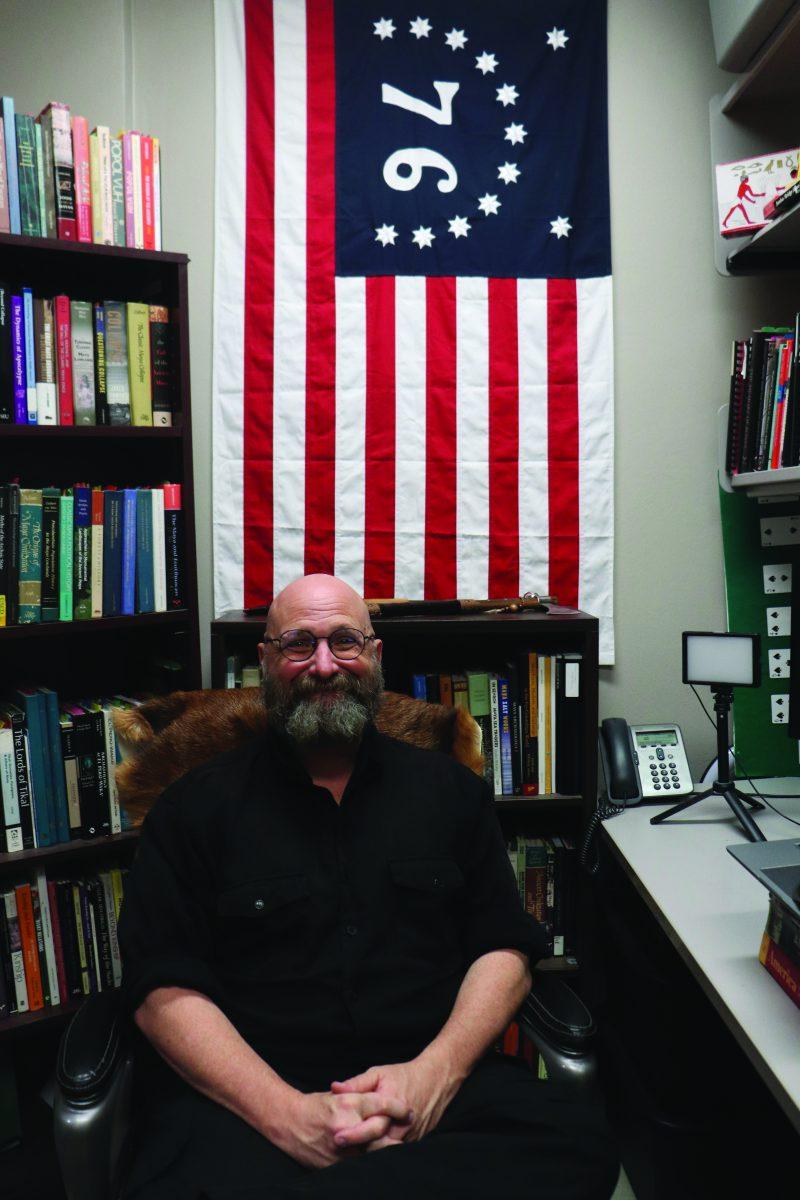Q: What inspired you to choose James and the Giant Peach for this production?
A: Well, I’ve always loved the story, the novel my kids read when they were little. So, I’ve always been inspired by dolls work, but we haven’t done a family-oriented musical since I did Mary Poppins in 2017 so it’s been a while, and we love giving back to our community. That’s one of our mission statements at TJC. And this just allows nice, wholesome family entertainment, affordable entertainment for the whole community.
Q: How do you balance staying true to the original story while also adding your own creative spin to it.
A: So, I’m what we call a traditional director. I always will serve the playwright’s purpose. That’s just part of who I am and how I direct. So, staying true to the original doll, as well as the adaptation into the screenplay. It’s really important to me, the script is always going to be my foundation. However, with that being said, as far as the visual spectacle of it all, you can really take it in any direction. So, I just embraced the idea of pop-up story book. I wanted it to kind of pay tribute to the original illustrations in the book, but at the same time, I wanted it to be childhood artwork, crayons and colorful paintings that really come from the child’s imagination.
Q: What themes or messages from the book are you focusing on in your adaptation?
A: I think say, more than anything else, it’s a sense of belongingness and inclusion. It’s important that we all find love and belongingness in our lives, and sometimes it’s not what we’re born into, and allowing others who are different from you to become part of who you are, as well as your family. So really, James and the Giant Peach at its core, is about inclusion and overcoming bullying and finding a place for you to belong and thrive.
Q: Are there any specific challenges translating [James and the Giant Peach] from the book to the stage?
A: Well, in the in the writing of the musical, they do tell you to use puppets. So this summer, we spent from May until August building puppetry for those with book called insects. Technically, they’re not all insects, though, but our little creatures, our bugs, we spent all summer building those and bringing them to life. As far as the practicality of it, it’s a bunch of fabric and EVA foam and dowel rods that came together to form some really elaborate creatures.
Q: How would you approach the casting of all the various creatures and James and all and all the characters?
A: Well, you have, as far as casting the creatures, the bugs, they are puppets, and then those puppeteers become the personified version of those bugs. So, we have an earthworm, centipede, ladybug, spider, and who am I forgetting… grasshopper. And in casting that some of it was very easy, because students walked into auditions and nailed some of their auditions. We actually had them sing excerpts from the musical for auditions, so it gave them the opportunity to show us some characterization. So, some of that we got right away in auditions, and others, it’s just based on how well they fit together and complement each other. I had envisioned my grasshopper as this 6’5″, long, lanky person, and I want to say my grasshopper, the actor playing grasshopper, is around 5’6″. So sometimes you have a vision in your head of what you want, but it doesn’t always turn out that way, and that’s always for the best. So, I would say our cast, as far as the creatures are concerned, they just have a lot of chemistry between all of them, and I could tell that right away, even in the audition process.
Q: What kind of physicality or specific traits do you encourage the actors to explore within all the different characters?
A: I want them to, number one, trust themselves. I don’t want to tell them every move to make. I want them to find their own physical being. And they really are doing that now, I’m a director that is always going to steer an actor into a practical kind of esthetic way of approaching a script and acting, as well as the old stand-by of Stanislavski, which really leads us to try to embody our character, psychologically as well as physically. So as far as separating all of those and guiding them into movement, I tried to get them to pick some core movements, core action words that help define their overall demeanor, and then they take it and run.
Q: How do you balance the whimsical and larger-than-life qualities of the characters with making them relatable and human?
A: Well, the human condition is what it is. It won’t change. And whether we’re playing personified bugs on stage or an actual human that walked this earth. I think as far as acting directing goes, for me, it doesn’t matter if it’s larger than life, crazy spectacle like Spiker and Sponge or James inside the Giant Peach, or not, it’s always about finding truth, and that truth always boils down to human condition, as far as what we need out of life. It’s fun, it’s fantasy, it’s huge. It’s very exaggerated at times, but even in that exaggeration, there has to be an honest truth to the relationships of the characters.
Q: When you get into the design and esthetic of it all, how do you describe the visual style of the production, and are there any particular elements of set and costume design that help bring the world to life?
A: Like I mentioned before, pop up story book was my concept for the scenic design. And I’d scenic designed along with Ryan Stewart, one of our other professors, so that spectacle creates the world of the play. But also, in a very child-like whimsical idea of design, it’s not at all practical. I mean suspension of disbelief. We’re inside of a peach and bugs are talking, so as long as audience members are willing to suspend that, the idea that you got to put the real world aside and buy into ours, I think the scenery helps you do that, I think it creates this little magical world inside of a child’s mind. It’s very colorful. You’re sitting next to some of the costumes where the aunts can be very scary and icky. In some portrayals, mine are very lavish and outlandish. Instead of spooky and scary, they’re more, kooky. So, all those bright, vibrant colors, as well as the pastels that you see hanging here, and the brighter of those pastels, it just keeps the world alive in color the way we think when we’re kids and well, that actually brings me the next question involving color.
Q: Is there any use of specific lighting and creating that atmosphere to make it feel more dream like?
A: Absolutely there will be. So, we haven’t made it to the stage of lighting the production yet, but we always think ahead, of course, and the lighting design is under works by Jacob Davis, one of our other professors, and Jacob has a wonderful ability to just capture the magic of it all on stage. We’re going to be using some scrim work, which is a fabric that allows us to hide things until we want them seen with light. So, the lighting will bring some of those magic moments to life. But just the idea of isolating James, you’ve got this big, huge stage, and the lighting designer is he comes in and isolates that actor to give us. That feeling of loneliness and isolation, and then eventually the world gets brighter and brighter and brighter as we travel along in James’ quest and in his journey so and that was one of the director’s notes that I gave from the very beginning, was we want to start dark, gloomy, isolated, and then we want to start building and adding more color and more dimension and lighting is really what’s going to help us be able to bloom that and bring it to its full life.
Q: How do you approach the integration of music into the story?
A: Well, we start right off the bat. So, a lot of people, even some of our students, they thought, we’re just taking the movie version and we’re going to be singing those songs, and that’s what we’re doing. And it really isn’t that. It’s completely different, still based on dolls, original, but the idea of the music advancing the plot. All of that goes through, advancing the plot as we go. But we start day one on music. Well actually day one we read through. Day two, we block a little bit, but we jump right into the vocals. We try to get them to embrace all of that prior to worrying about choreography and staging, and that way, once they do get on the stage, then they have that foundation. So, we start right away with the music and the playwright, I have to tell you, they it came out, came out as a one act at first, and I liked it, and it was whimsical, magical. Liked it, but it just fell flat. And then they developed it into a two-act musical. And these songs are so catchy. They are so catchy. They make you want to dance. They are, are thought provoking all at the same time, heart wrenching sometimes, and just a lot of fun. And we also have a choreographer who comes in with us in the evenings and while we’re working on music here and working on staging there, we’re also working on the choreography. So, there’s a lot of big dance numbers in this show. There’s an ensemble that dances all the big choral numbers. They also are scene shifters and this and that. So, there’s a world outside of those bugs too, and in a larger ensemble. And so that is a lot of the music, the dancing, they really help to add to the spectacle of it all.
Q: Was there a specific song or moment in the show that was particularly challenging or rewarding to direct?
A: I think all the group numbers are challenging to the choreographer, but as far as there’s a song, and I can’t, I can’t even talk about there’s a song, James has lost both his parents, and I’ve lost mine in the last couple of years, both of mine, and there is a song that embraces that and allows James to think of his parents outside of their death, in that they live on. As you can see, it gets me every time, every time.
Q: Were there any other challenges while directing the production?
A: Well, most of our challenge, starts today, because we’ve gone through the basics of all the songs, all the music. We’ve gone through all of the basic choreography, except for maybe a couple. It’s challenging fitting in all the music, all the staging, all of the choreography, into the short rehearsal process that we have, but tonight is our first full run off of book, and so now here’s where we leave the script behind. We know the material, and now we start to really build the relationships with each other and make all those moments happen, make them genuine, truthful, honest, and then we start refining all of those dance steps and all of those notes. So between now and opening is probably the most challenging for everybody.
Q: How do you handle the darker, more serious moments in the story, given the overall whimsical tone of the book?
A: There are quite a few moments that are hard for James to navigate through, because the whole idea of hope is underlying in everything. So every time James confronts something that’s dark, there’s always light coming. There’s always some kind of hope. There’s always an underlying aspect to it, even when it does get a little gloomy.
Q: What do you hope the audience, especially younger viewers, will take away from this production?
A: There’s always a place for everyone and that you need to embrace people who are different than you, and they can be your friends, they can be your family. They will allow you to find a place to belong. So, inclusion and putting away your fears, overcoming your fears, stepping forward, overcoming bullies, stepping forward, and knowing that you have the strength to find what’s waiting for you.
Q: Does this version of James in a Giant Peach resonate with any current social or cultural issue themes, if any?
A: I think in today’s climate in America, there is such a division. People have a lot of cognitive dissonance. They’re not willing to accept things that they don’t already know, and they’re comfortable living in that space and letting someone else tell them how to do and feel. When we don’t get our way, it’s in our culture now to bully or to judge. And every lesson James has, the story of James has to teach, is relevant to every person, every age, every place, embracing people who are different than you and loving them for whom, for who they are and for what they can bring to your life. It’s relevant in every way today.
*This Q&A has been lightly edited for clarity and grammatical errors.*

